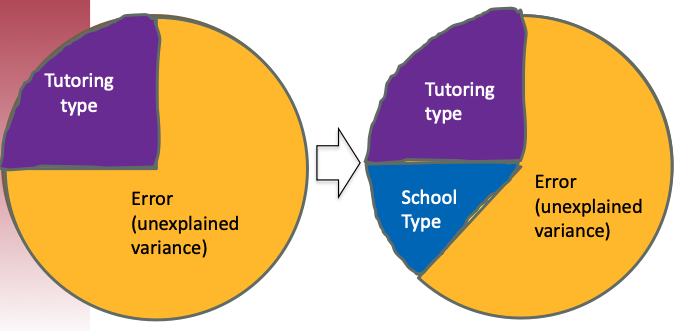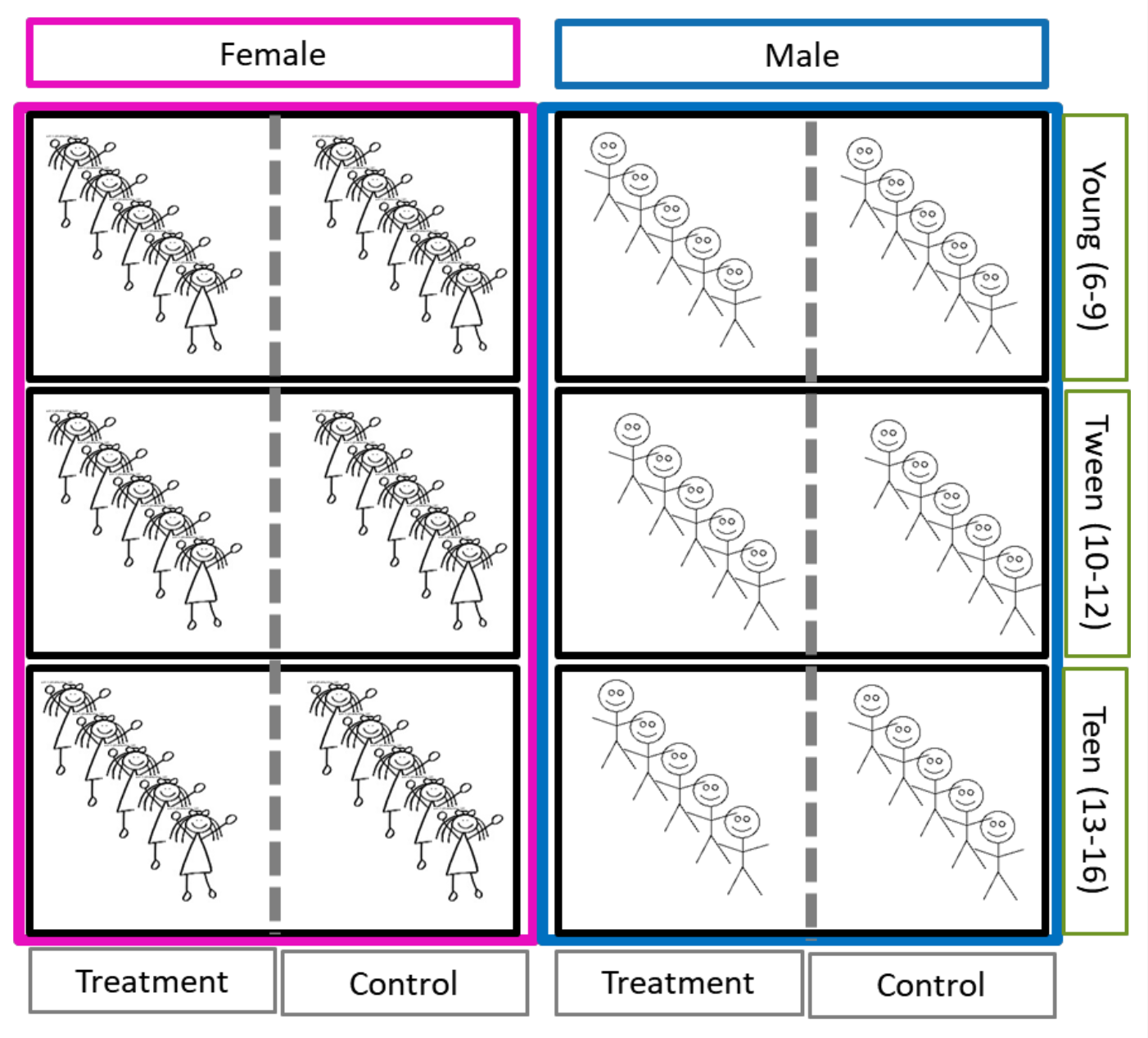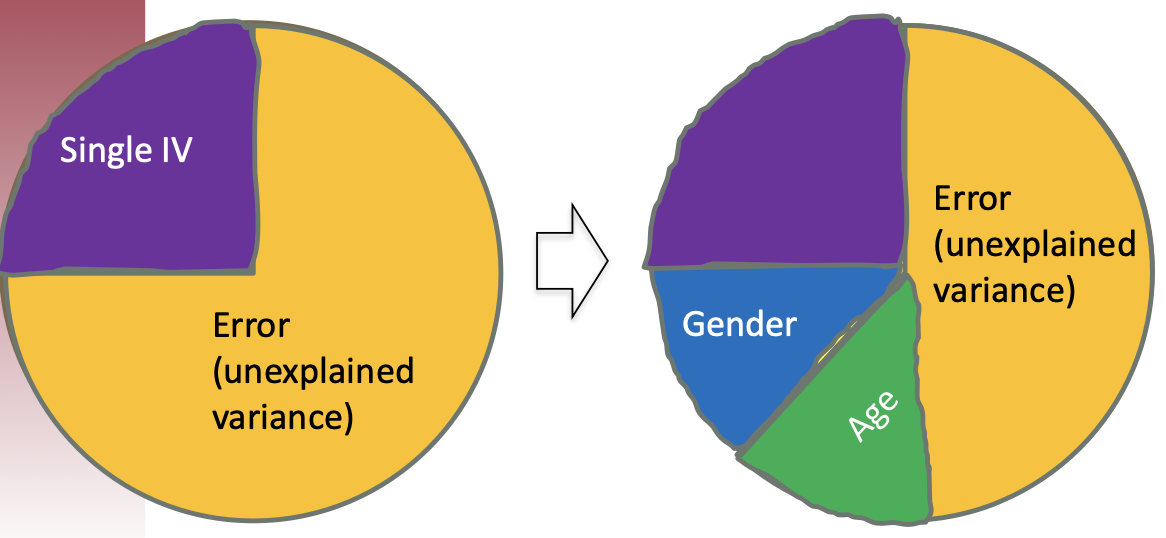Comprehensive Quiz: Block Design Concepts
Research Scenario: Dr. Johnson is evaluating four different reading intervention programs (Traditional, Phonics-based, Technology-enhanced, and Peer-tutoring) on reading comprehension scores. She is conducting this study across 12 elementary schools in three different districts. Each school has students from grades 3-5, and she knows that both school district and grade level significantly affect reading performance.
Questions:
- What type of experimental design would be most appropriate for Dr. Johnson’s study if she wants to control for both school district and grade level simultaneously?
- Completely Randomized Design (CRD)
- Randomized Complete Block Design (RCBD) with one blocking factor
- Latin Square Design
- Greco-Roman Square Design
- In Dr. Johnson’s study, if she uses a Latin Square Design with grade levels as rows and school districts as columns, what would the Latin letters (A, B, C, D) represent?
- School districts
- Grade levels
- Reading comprehension scores
- The four reading intervention programs
- The main difference between a Complete Block Design (CBD) and a Randomized Complete Block Design (RCBD) is:
- CBD has more blocking factors than RCBD
- RCBD includes random assignment of treatments within blocks, while CBD does not
- CBD is used for continuous variables, RCBD for categorical variables
- There is no difference between CBD and RCBD
- Dr. Johnson’s statistical model for an RCBD design would be: Yij=μ+τi+ρj+ϵij. In this context, what does ρj represent?
- The effect of intervention program i
- The grand mean
- The effect of blocking factor j
- Random error
- If Dr. Johnson finds that she needs more degrees of freedom for her analysis, what design modification should she consider?
- Use fewer intervention programs
- Use a Replicated Latin Square Design
- Eliminate one of the blocking factors
- Switch to a completely randomized design
- Which assumption is MOST critical for the validity of Latin Square Design results?
- Equal sample sizes in each cell
- Normal distribution of the outcome variable
- No interaction between treatments and blocking factors
- Random sampling from the population
Answers and Explanations:
- c) Latin Square Design
- Since Dr. Johnson wants to control for two blocking factors simultaneously (school district and grade level), a Latin Square Design is most appropriate. This design allows her to control for two sources of nuisance variation while testing the four intervention programs.
- d) The four reading intervention programs
- In a Latin Square Design, the Latin letters represent the treatment levels - in this case, the four reading intervention programs (Traditional, Phonics-based, Technology-enhanced, and Peer-tutoring). The rows and columns represent the blocking factors.
- b) RCBD includes random assignment of treatments within blocks, while CBD does not
- The key difference is randomization. In RCBD, treatments are randomly assigned within each block to minimize systematic bias. In CBD, treatments may be assigned systematically, which could introduce confounding effects.
- c) The effect of blocking factor j
- In the RCBD model, ρj represents the effect of the blocking factor (e.g., school district or grade level). This parameter captures the systematic differences between blocks that we want to control for.
- b) Use a Replicated Latin Square Design
- When degrees of freedom are insufficient in a Latin Square Design, replication is the standard solution. This involves creating multiple Latin squares with different arrangements, increasing both sample size and degrees of freedom.
- c) No interaction between treatments and blocking factors
- The most critical assumption for Latin Square Design is that there are no interactions between the treatment factor and the two blocking factors. If this assumption is violated, the error term becomes inflated, reducing the power and validity of the analysis.
Key Takeaway: Block designs are powerful tools for controlling nuisance variation in experimental research. The choice between RCBD, Latin Square, or more complex designs depends on the number of nuisance factors you need to control and the specific requirements of your study context.





